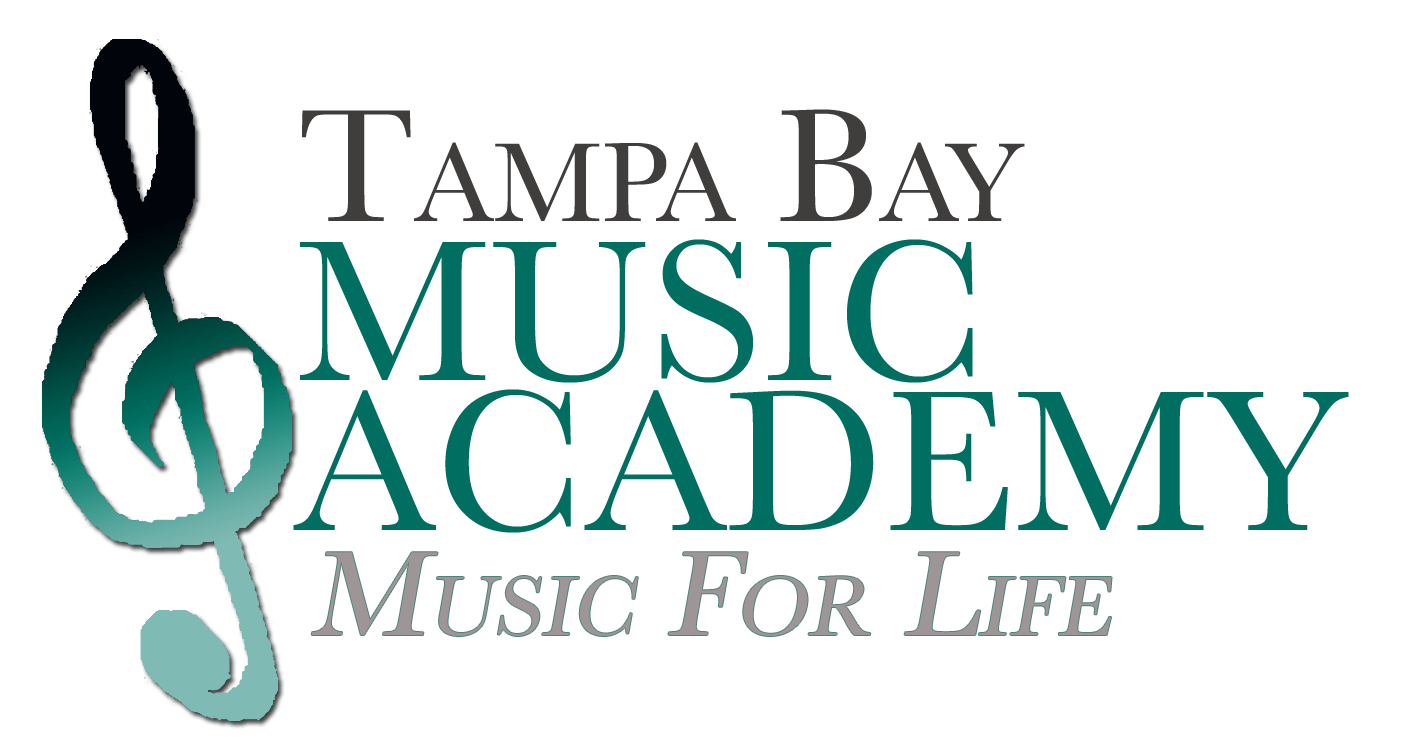
We all know the importance of warming up – but do you actually commit to a proper warm-up every time you sit down to play the piano? If you’re in a rush, it’s easy to forget it. However, an effective warm-up is essential for avoiding injuries, such as tendonitis, and can also help increase the dexterity of your fingers and hands, allowing you to reach certain tough chords.
Before you get into the “meat and potatoes” of your practice session, you’ll want to spend a good 10-15 minutes focusing on your muscles and tendons. A consistent warm-up can also prepare your mind, a great habit to help ensure that your practicing is effective. Luckily, it doesn’t need to be all piano scales and arpeggios every time (yawn!). To get the creative ideas flowing, here are some great warm-up ideas, excerpted from Dr. Chris Foley’s e-Book 31 Days to Better Practicing:
1. Do a physical warm-up such as yoga or tai chi. Many teachers have talked about the benefits of stretching exercises before practice and if you can incorporate them into your routine, you can drastically cut down on the chance of physical injury from playing.
2. Problem solving time. Jump to the most problematic areas of your current repertoire and fix the spots that are giving you the most grief. Take them apart and practice them in new and interesting ways.
3. Play something entirely enjoyable with the most beautiful sound you are capable of. Then launch into your regular work. The legendary violinist Itzhak Perlman is said to start his practice sessions in this manner.
4. Sight read as a warm-up. Done over the course of weeks or months, you can improve your reading skills to an incredible extent by setting aside time to sight read every day. And what better time to do it than at the beginning of your session.
5. Slow practice. Just as athletes take it slow at the beginning of a training session, so should we. Work on a short section of a piece, whether problematic or not. Practicing slowly can allow you to be in total command of your instrument and develop greater awareness of what there is in the music and your approach to it.
6. Change things from time to time. There are some musicians who boast that they have a set warm-up that they have been following for years. What a dull way to start your practice day! The more interesting you can make your first minutes at the instrument, the better off you’ll be later on.
The previous excerpt was posted here with permission from www.takelessons.com. We have re-posted it here for our Tampa Bay Music Academy readership. To read it in the original context, click here. Visit our website home for information on finding a music teacher who offers private piano lessons, guitar lessons, saxophone lessons, voice lessons, or music lessons in any other instrument proficiency category.
